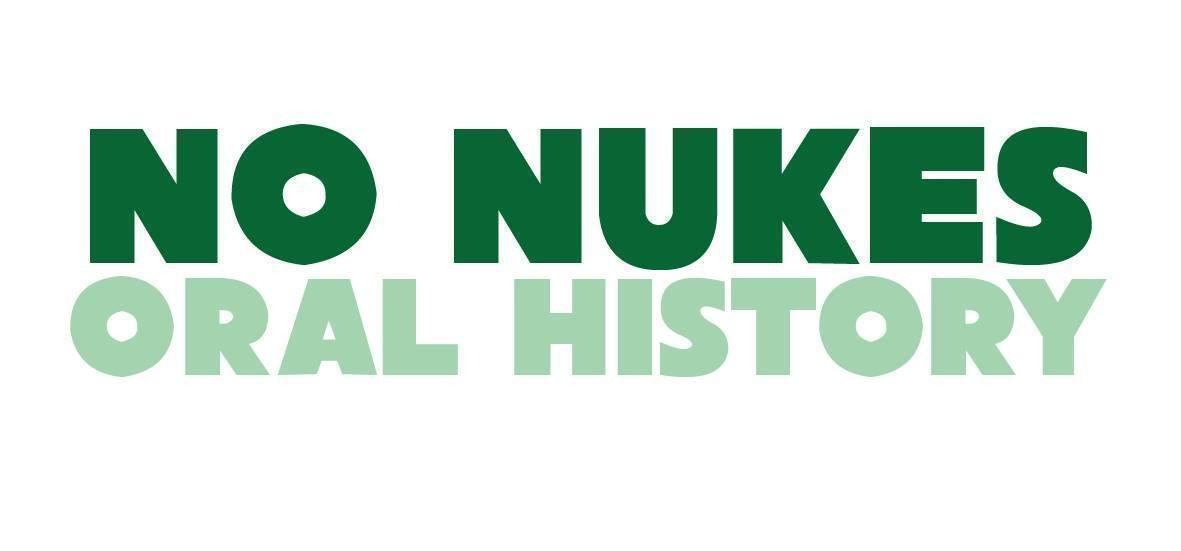A Chapter from the Oral History of How the No Nukes Movement (1973-1982) Saved the United States and Maybe the World
By Al Giordano
No Nukes Oral History Project
“The year 1973 was the worst year for nuclear power,” Bill McGee, a retired nuclear industry spokesman, told us when he agreed to be interviewed for this book. “It’s just astonishing when you look back on it. When we built the Yankee Atomic plant in Rowe, Massachusetts, in 1960, everybody thought it was a great idea. It was there because Senator Jack Kennedy said, ‘Please build it here.’ Presidents, senators, congressmen, local people—all thought it was great. And we built six other plants. New England had, prior to 1972, seven plants making one third of the electricity in New England. And everybody thought it was a great idea. What happened?”
President Richard Nixon told Americans on April 18 of that year that the US would build 1,000 new nuclear power plants by the year 2000, enough to supply half the nation’s electric power. He gutted environmental and regulatory requirements in order to fast-track their construction. A grateful electric power industry, in turn, doubled down on a nuclear future for the United States.
But from the mountains and seacoasts of New England, the region then most dependent on atomic energy, a movement was born that within a decade would cause the cancellation of the new generation of nuclear plants and begin closing down existing nukes.
